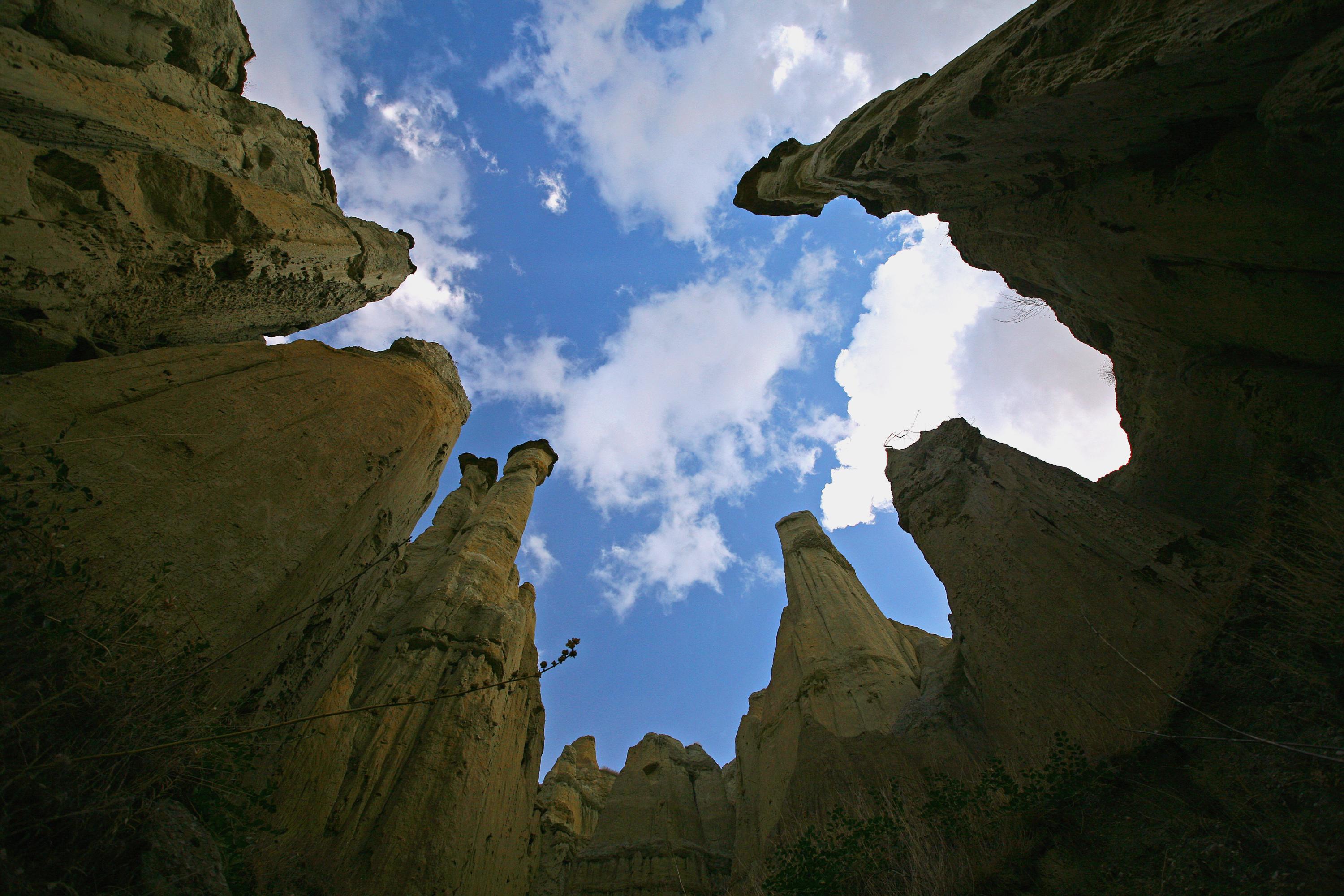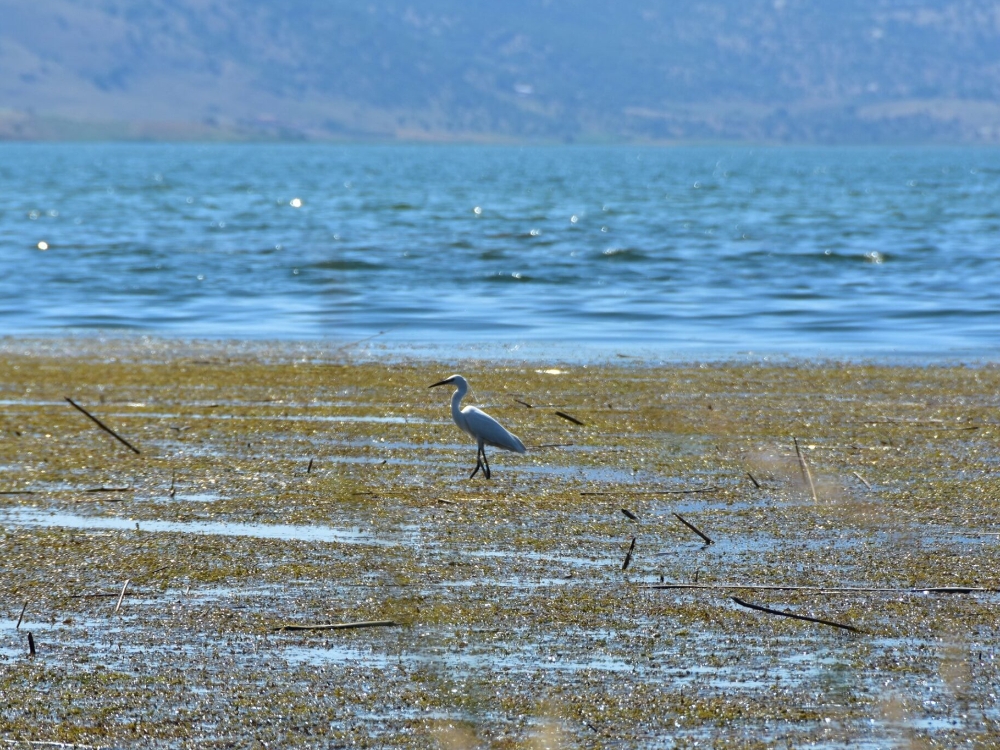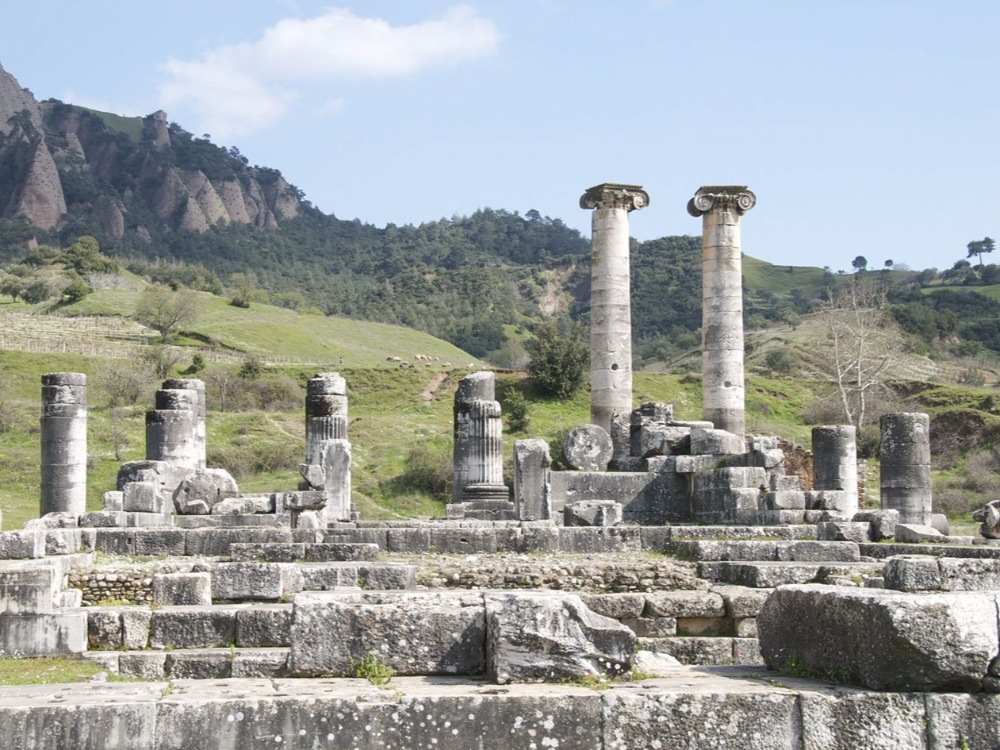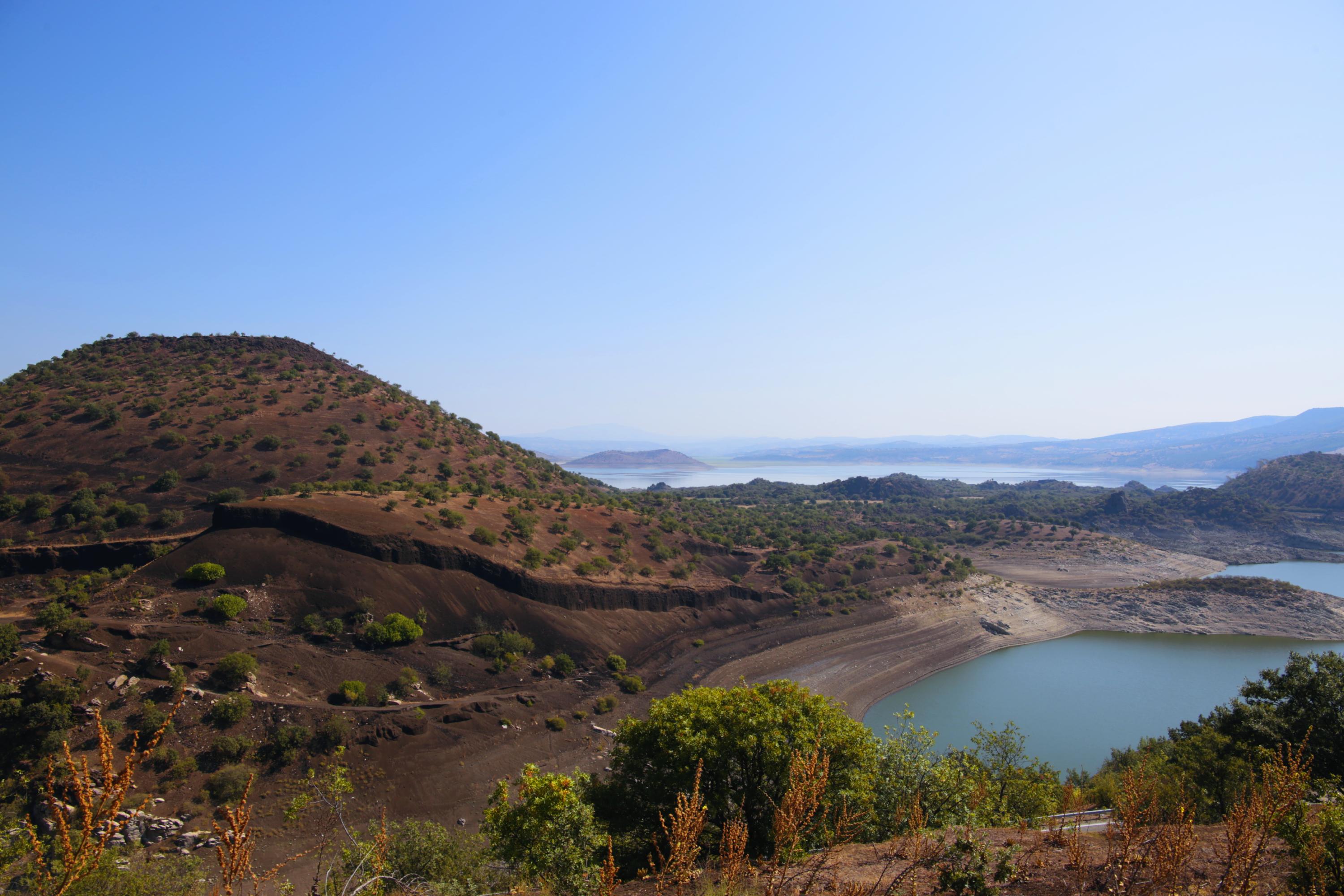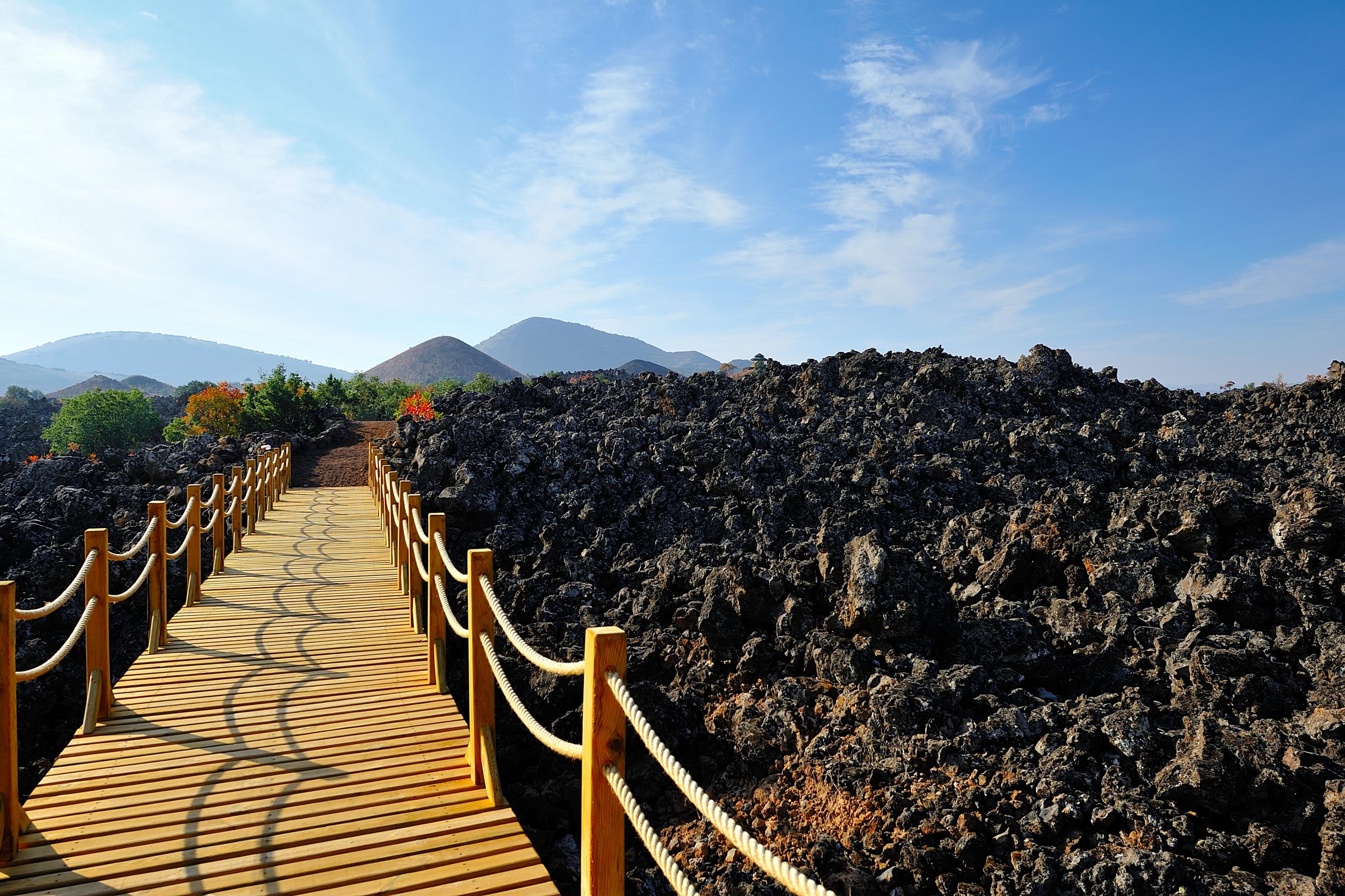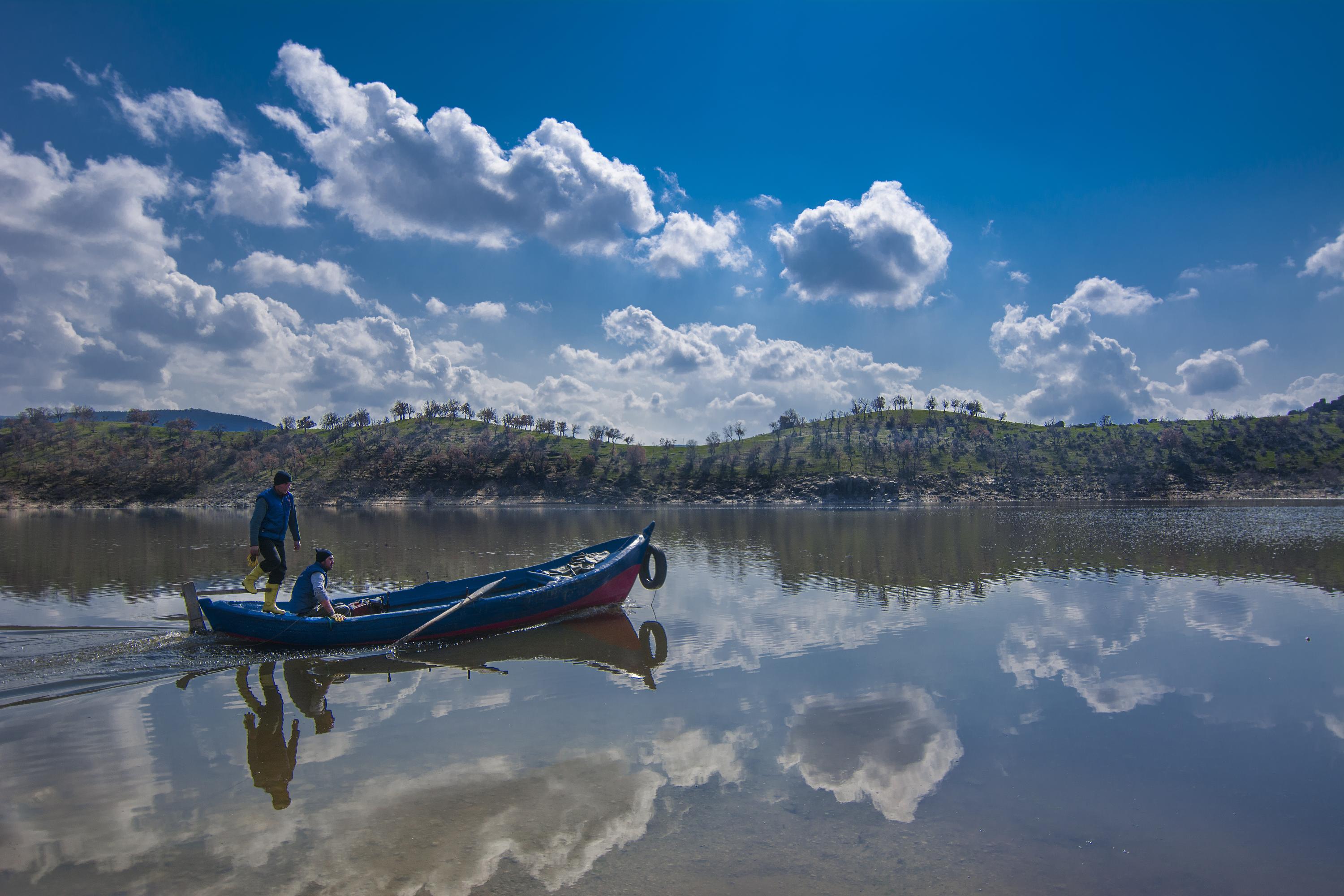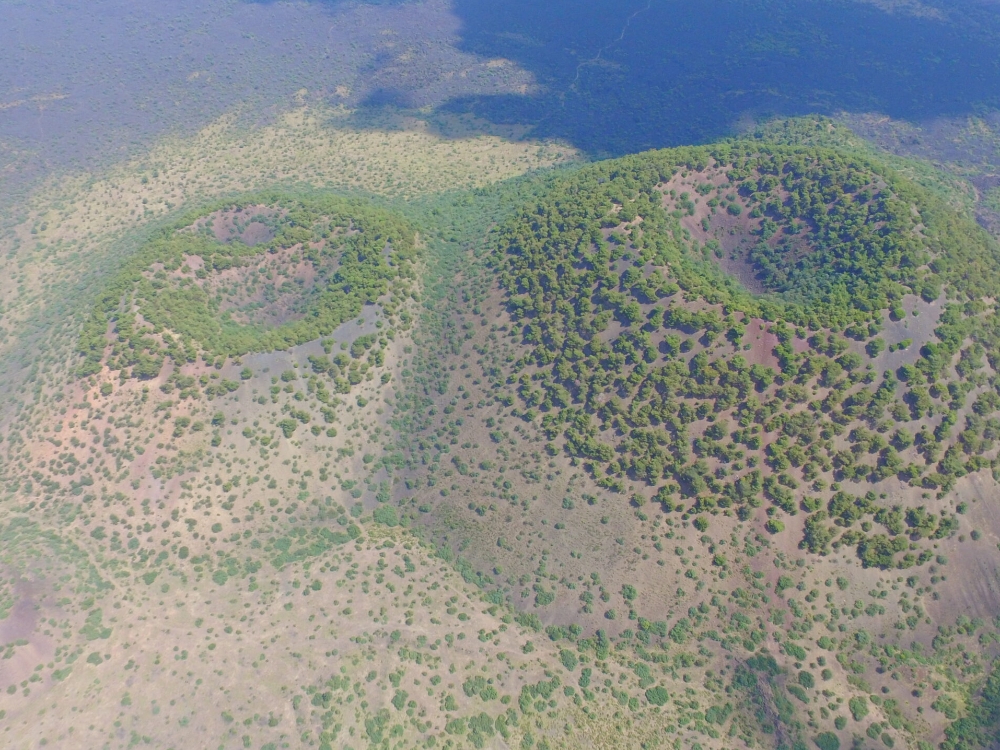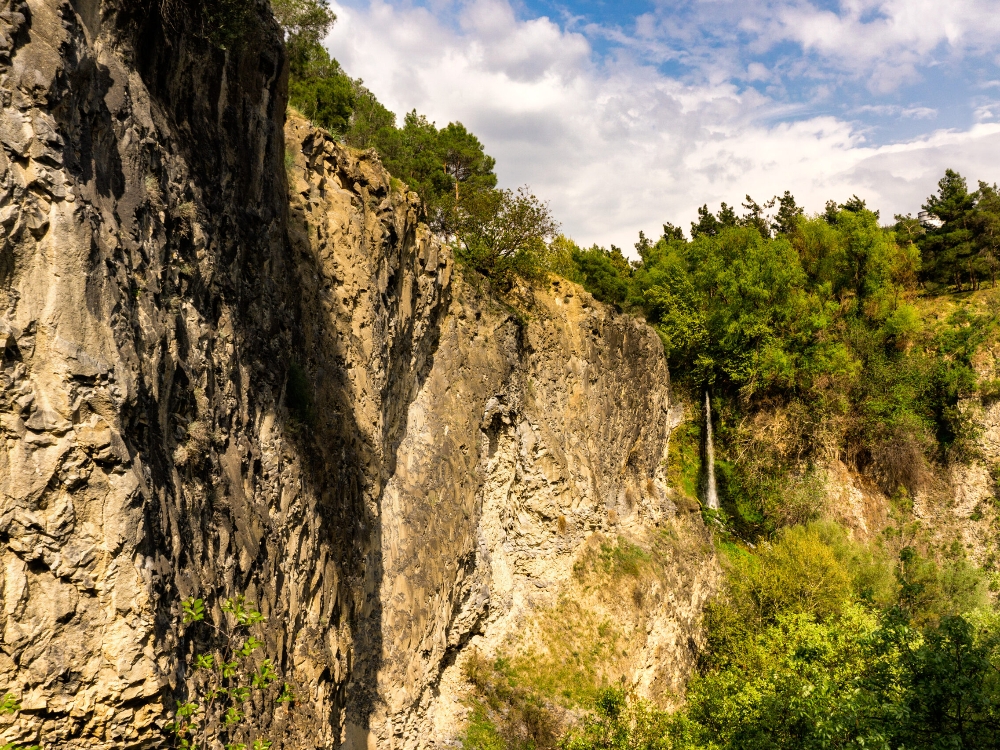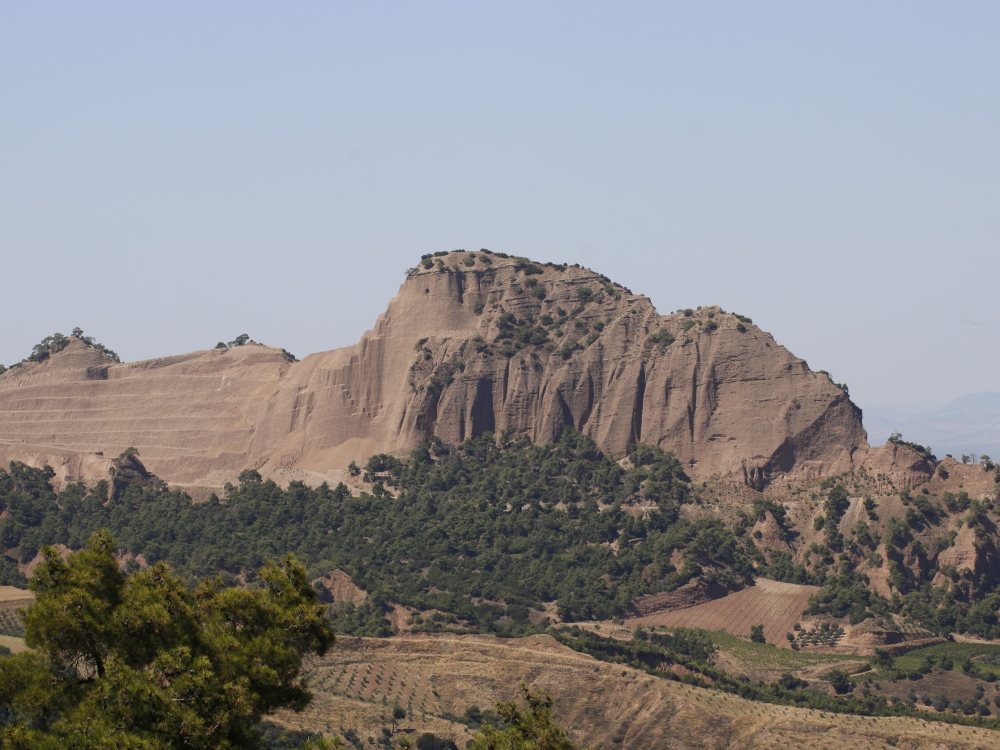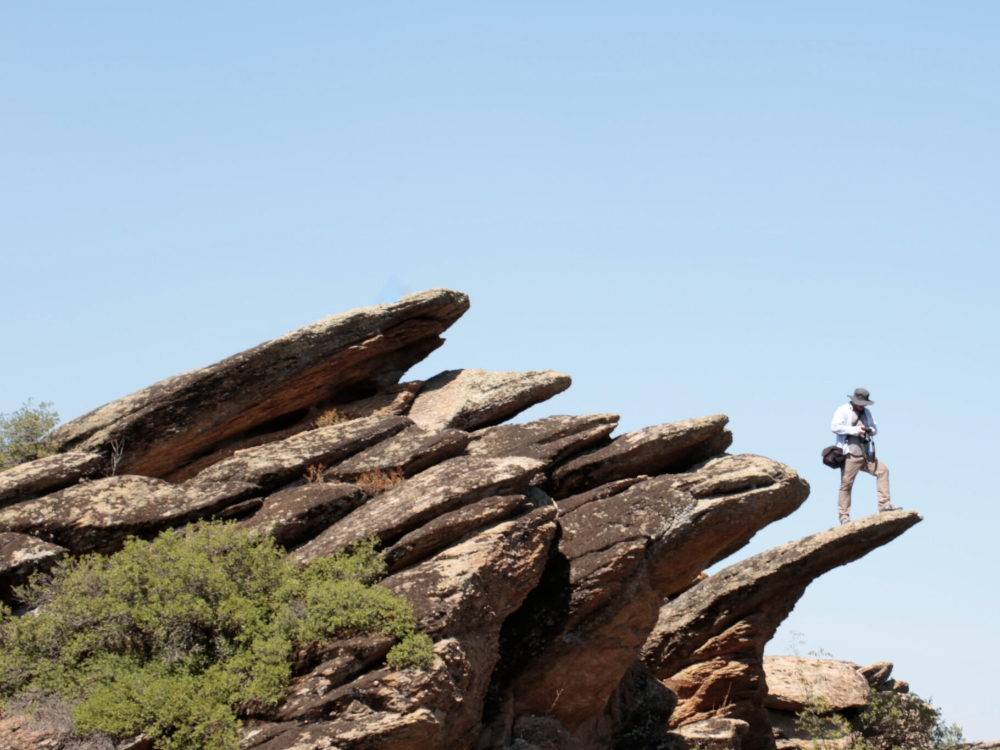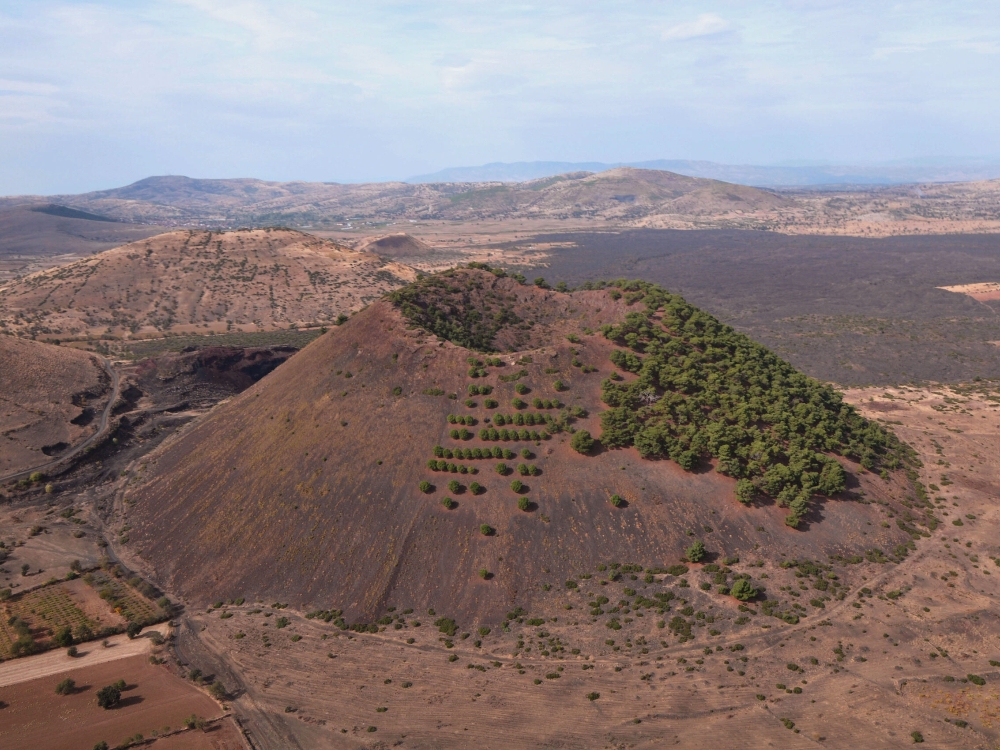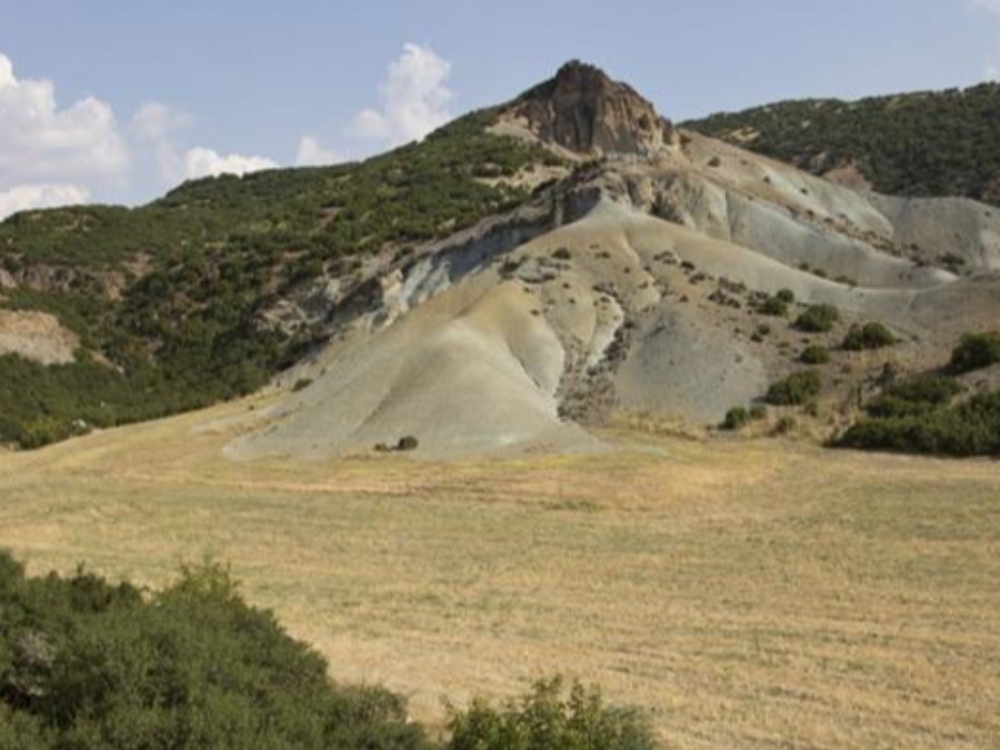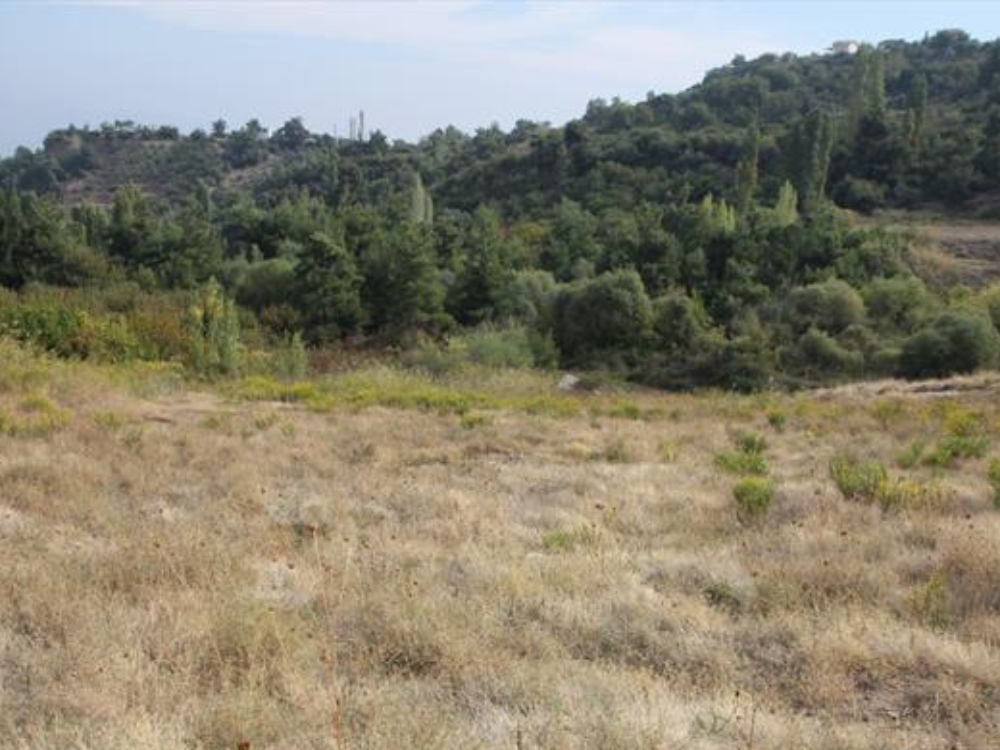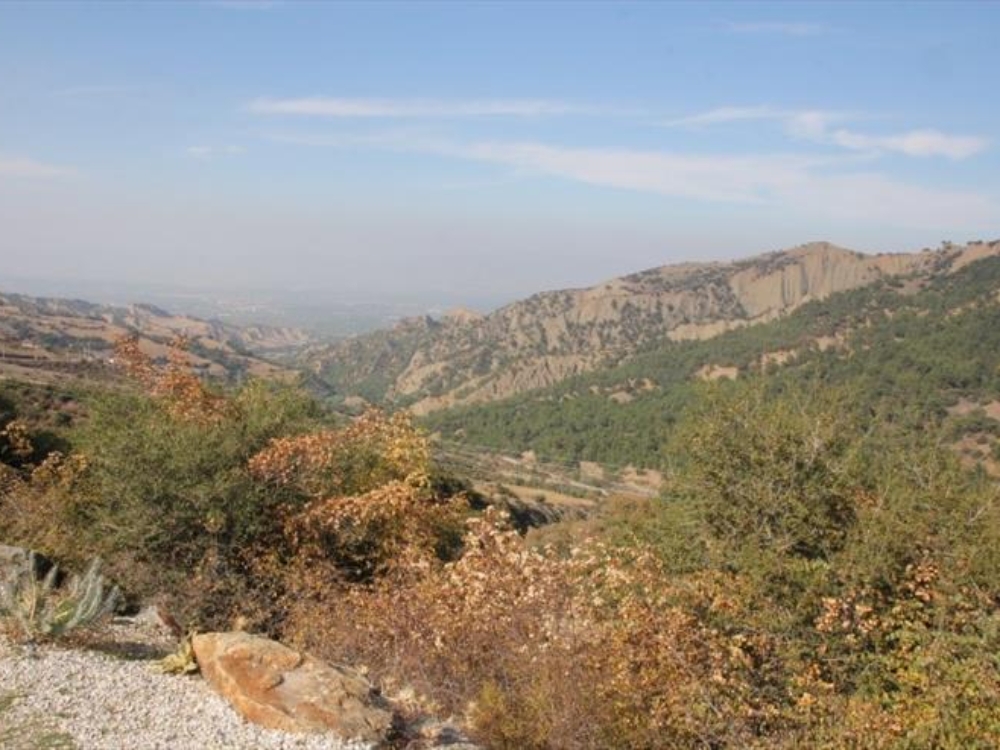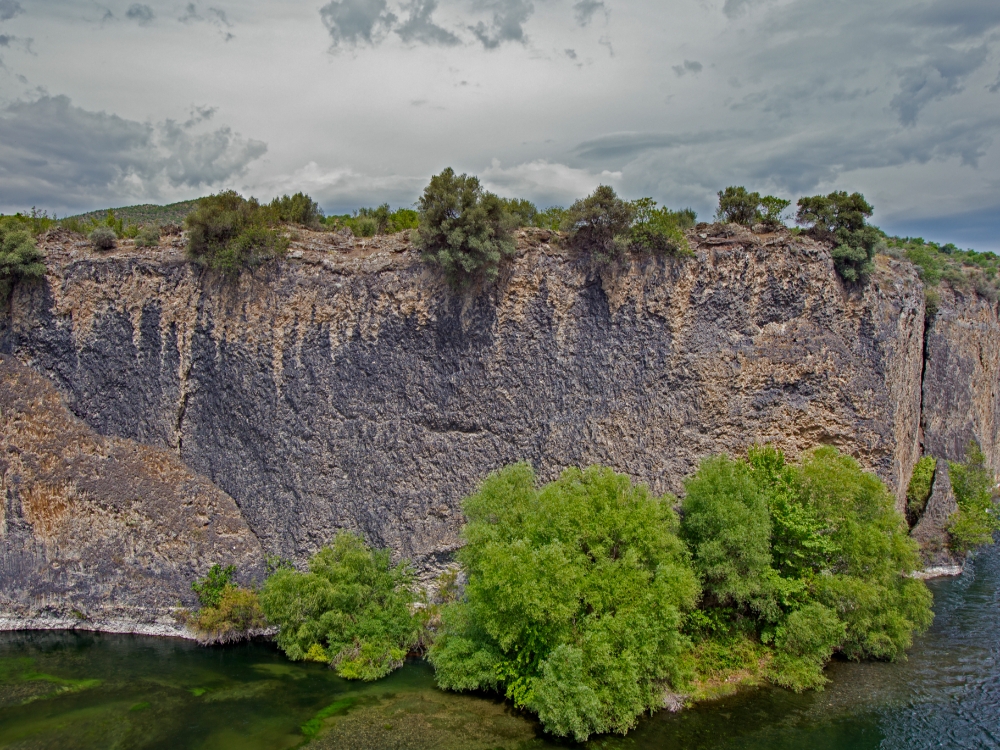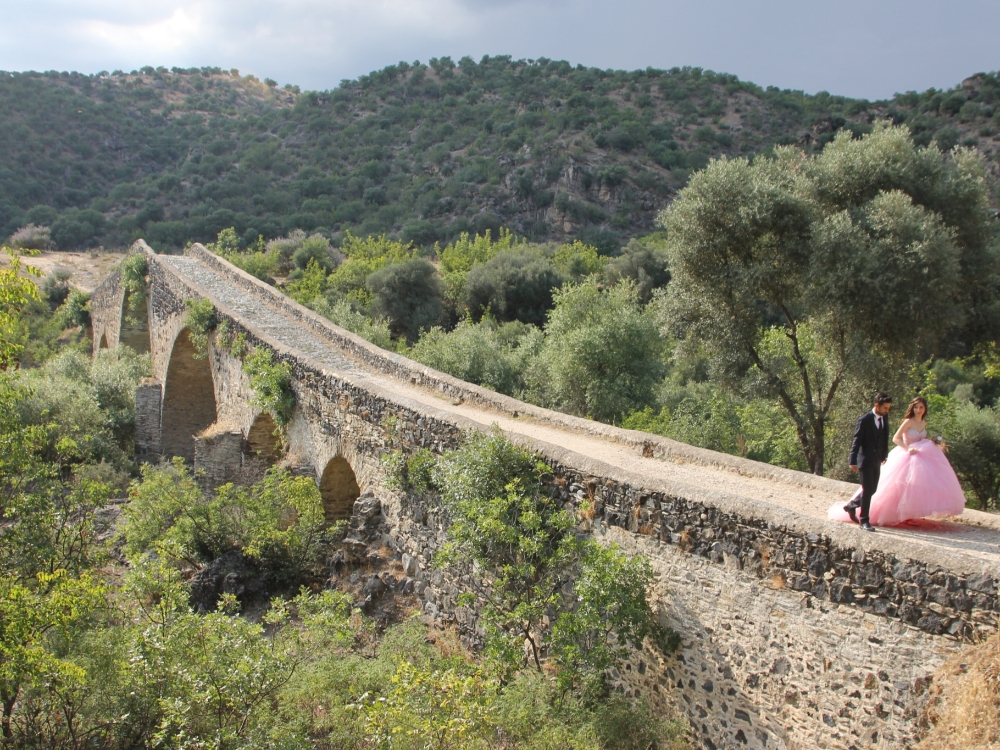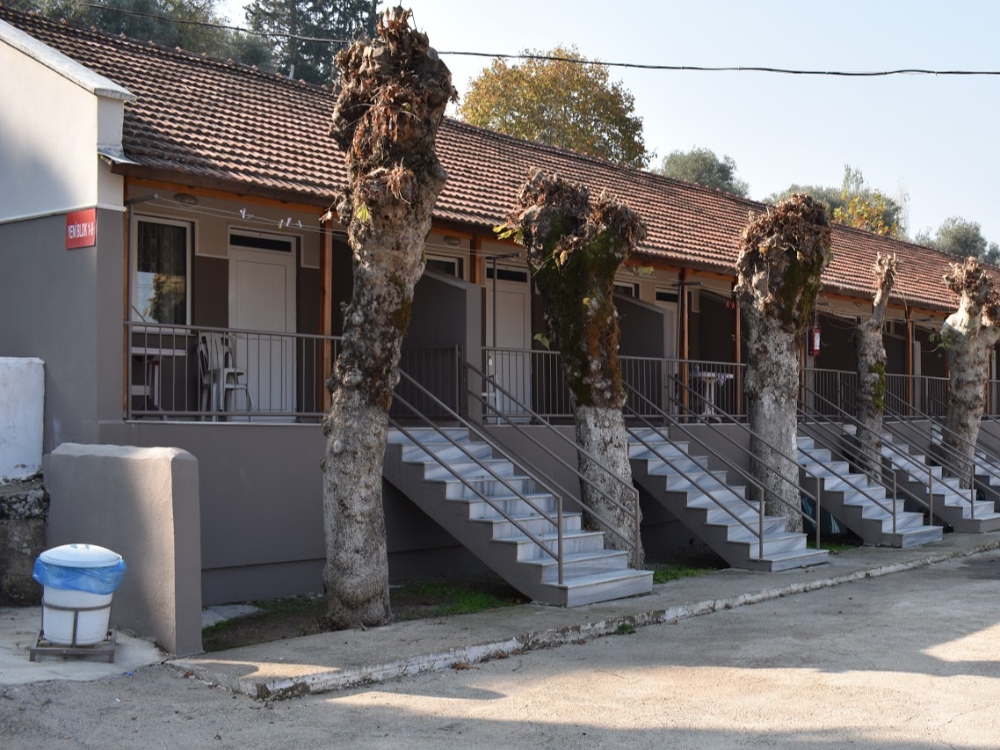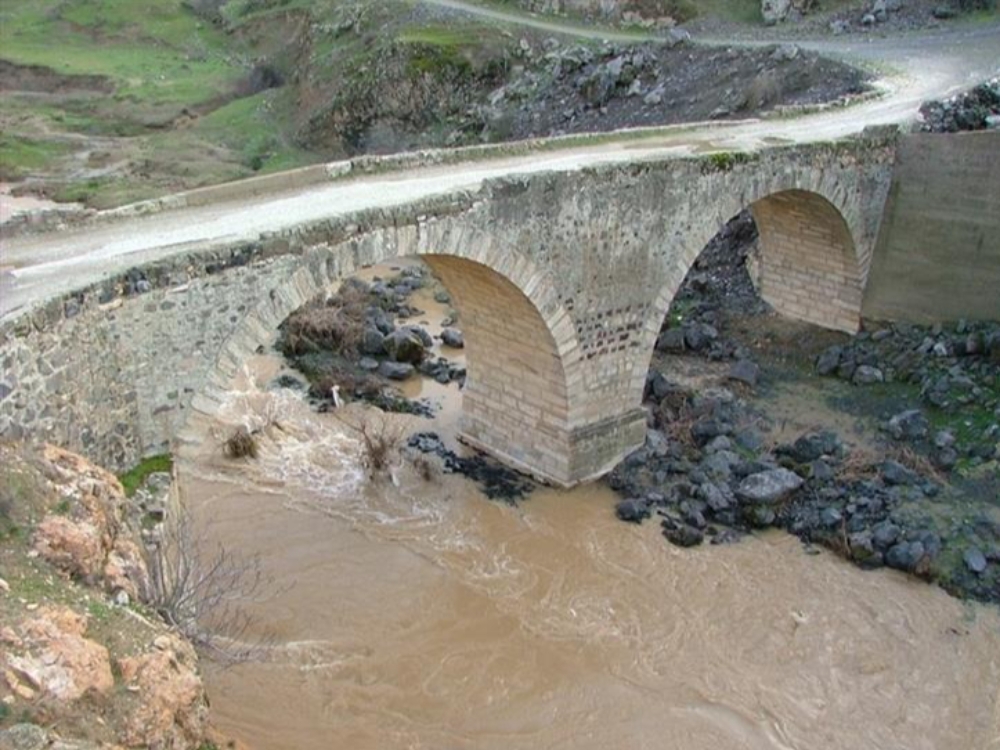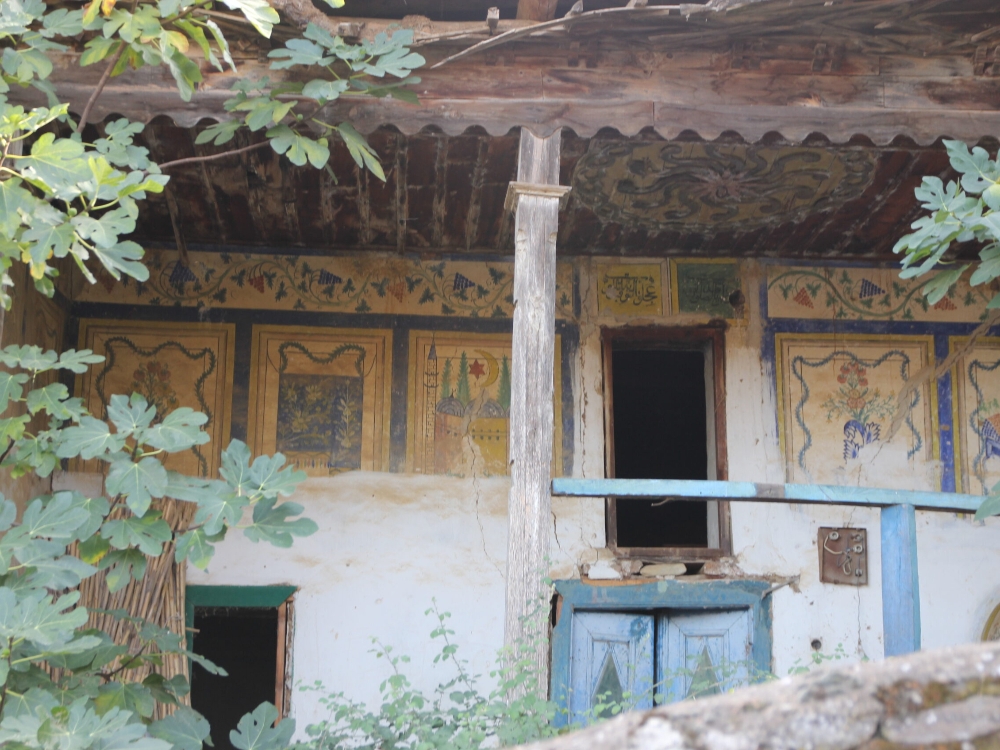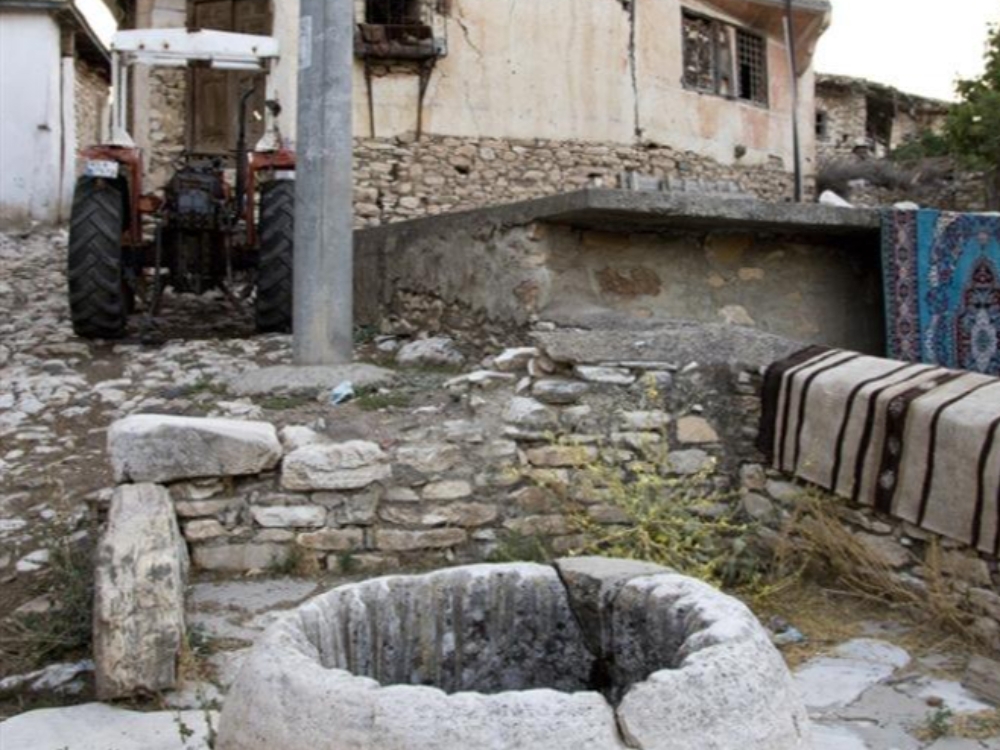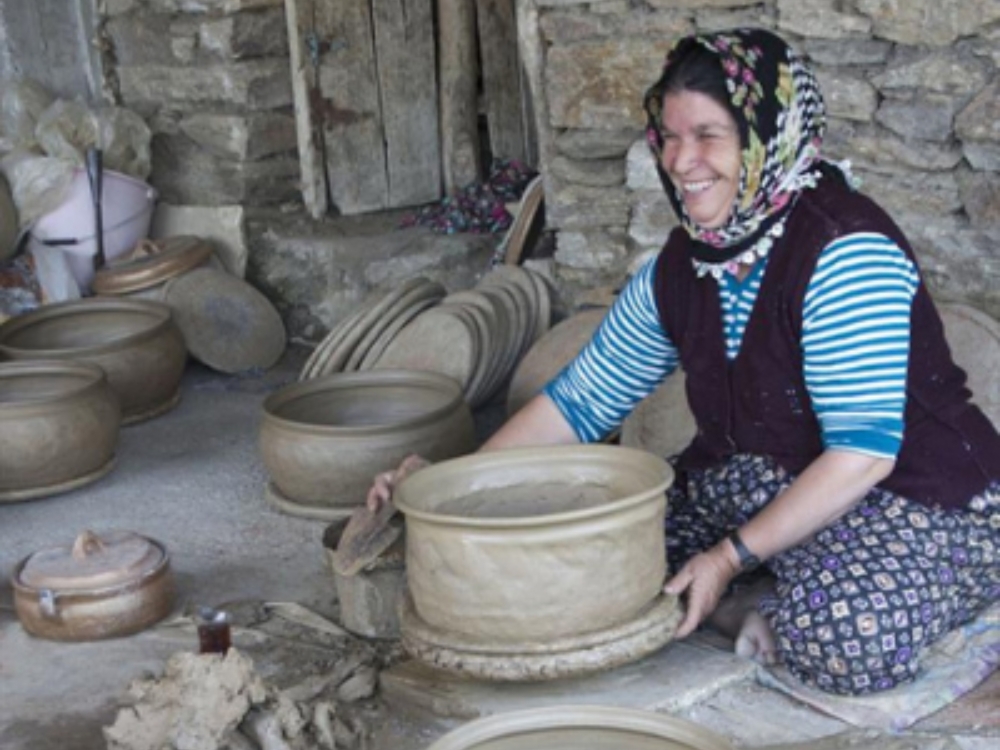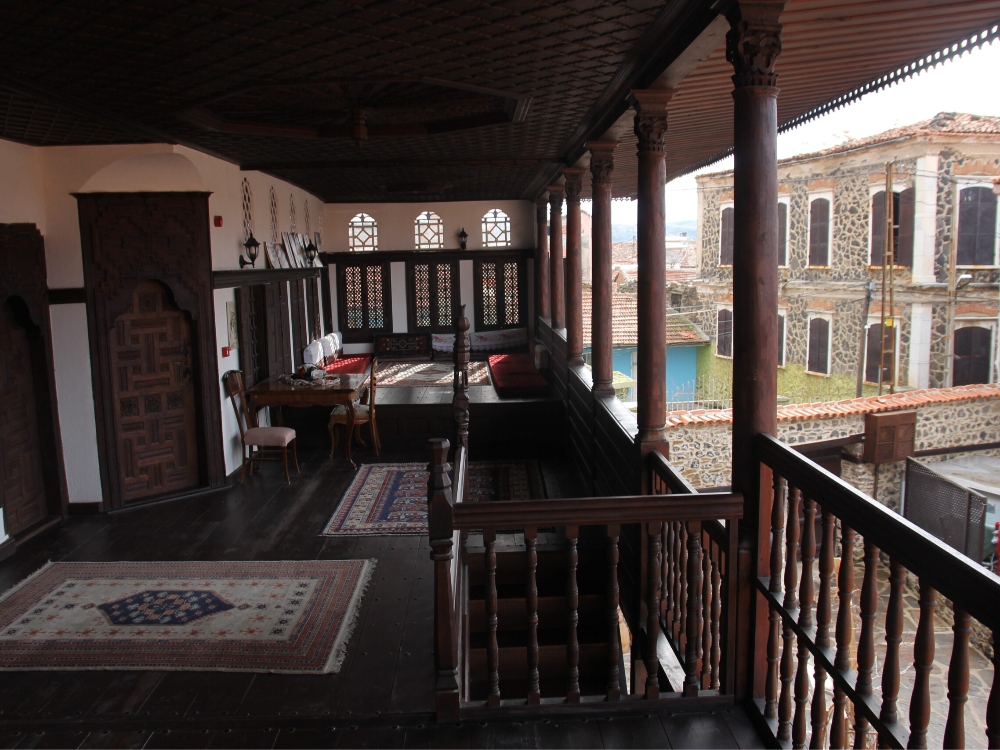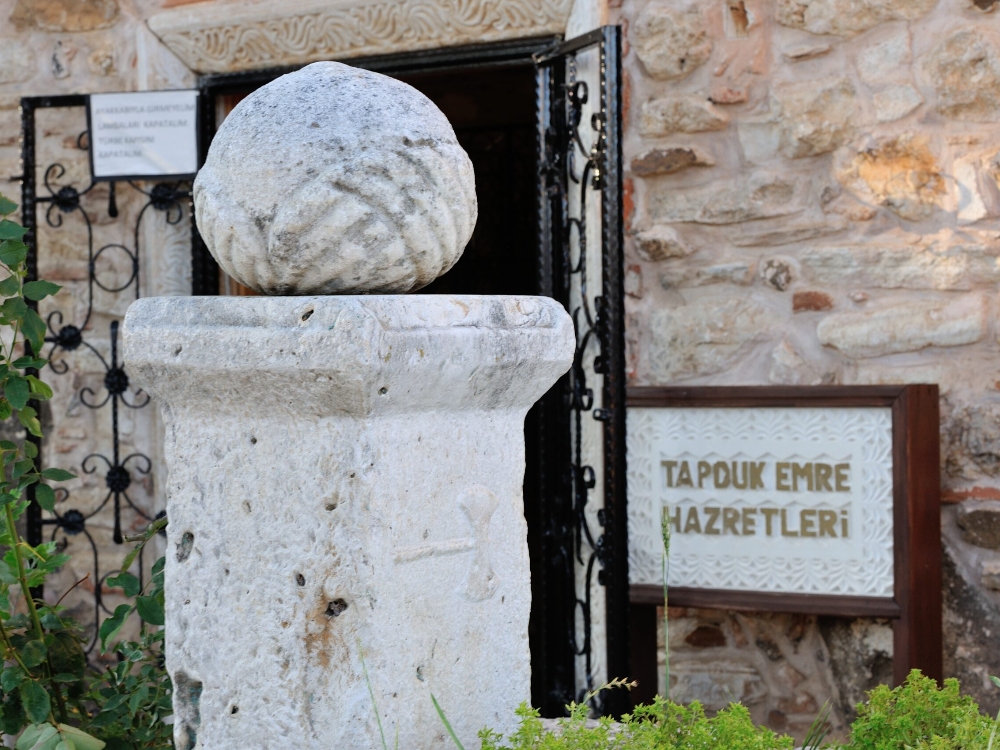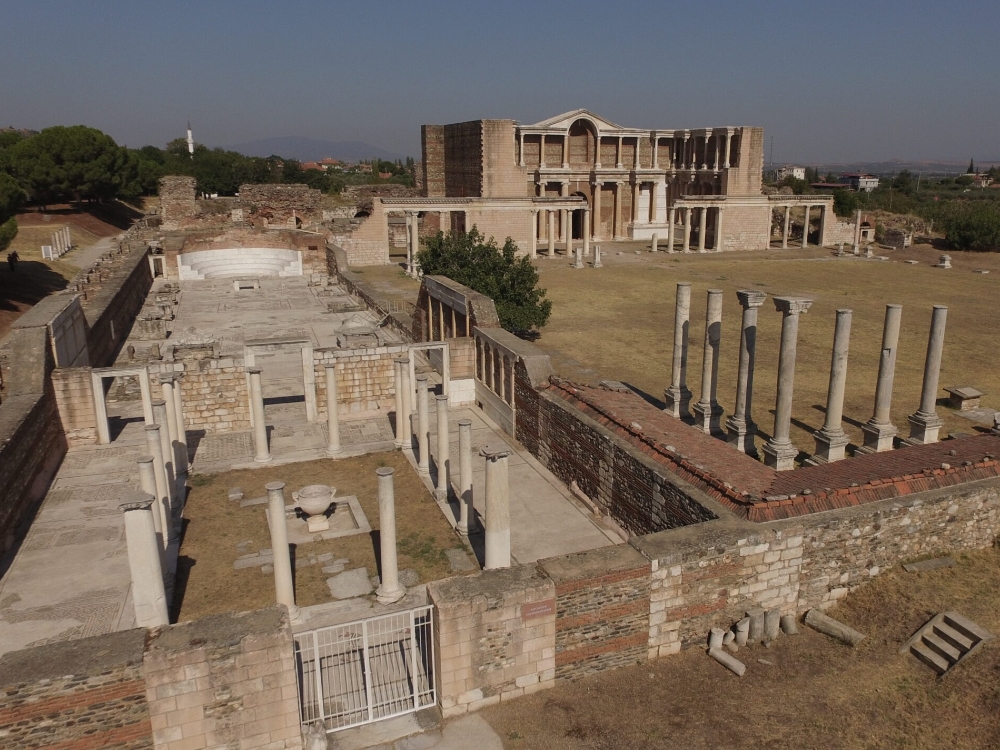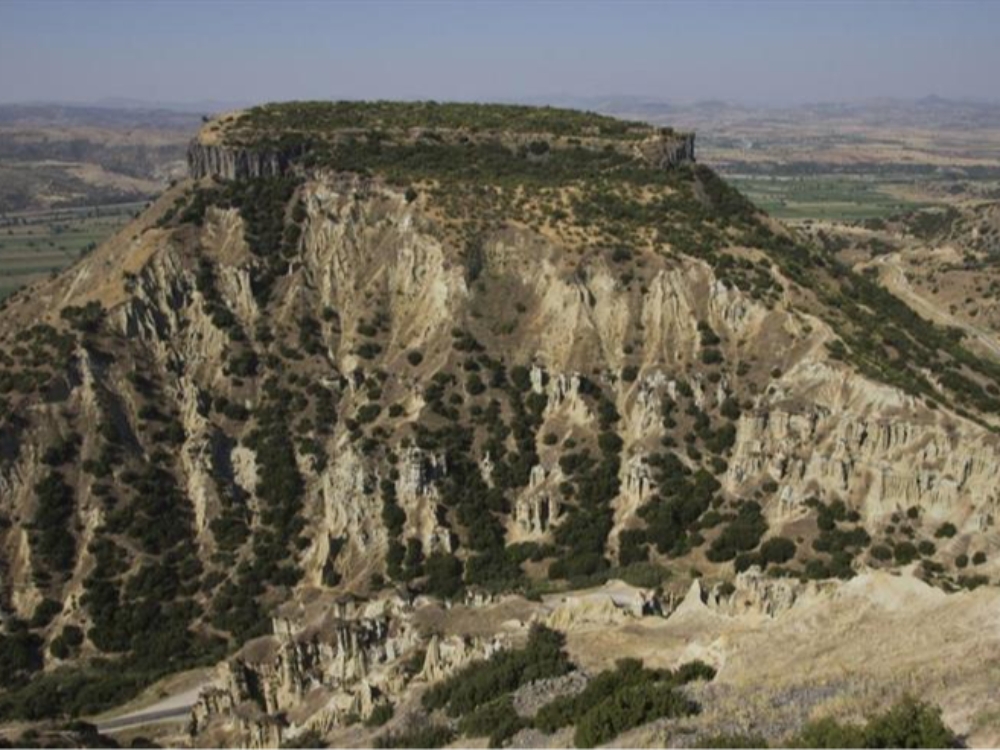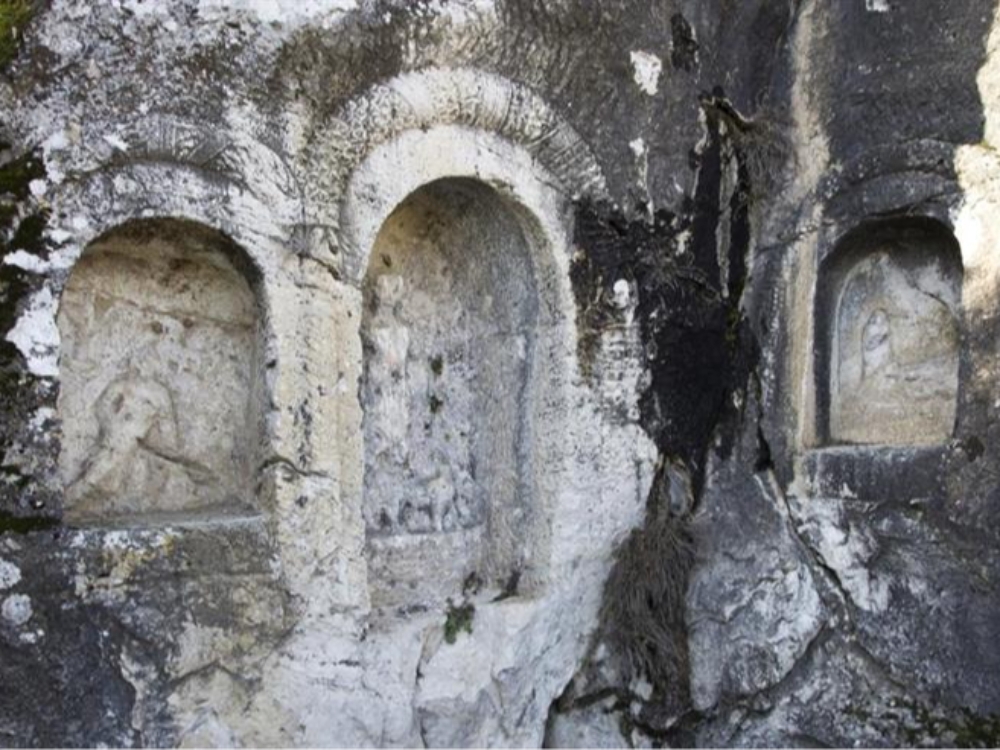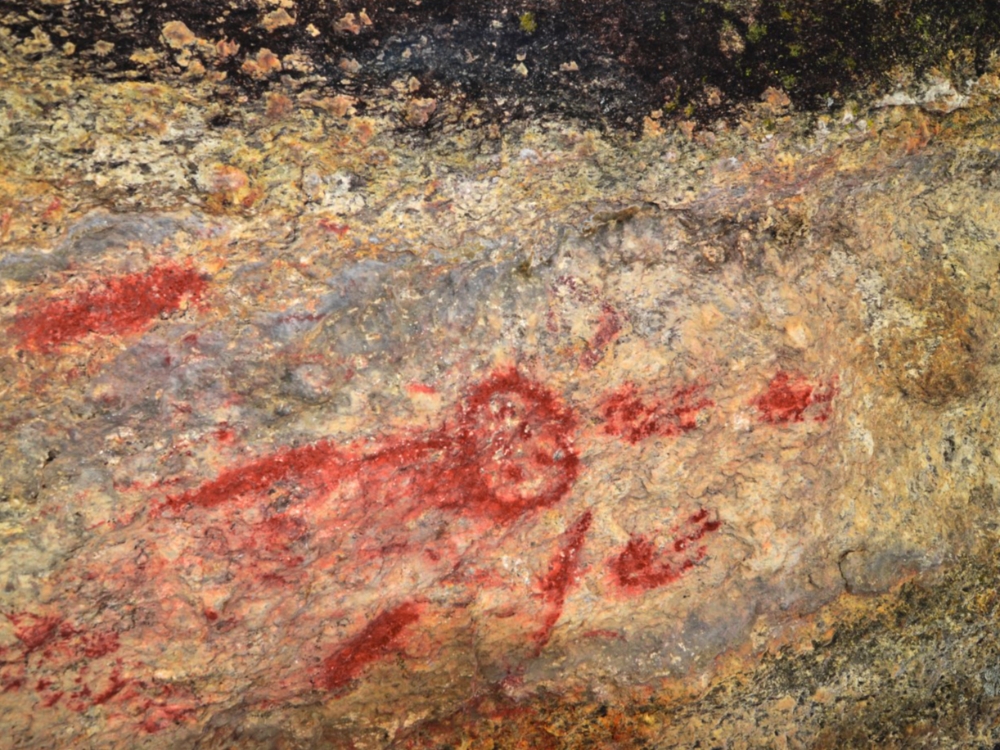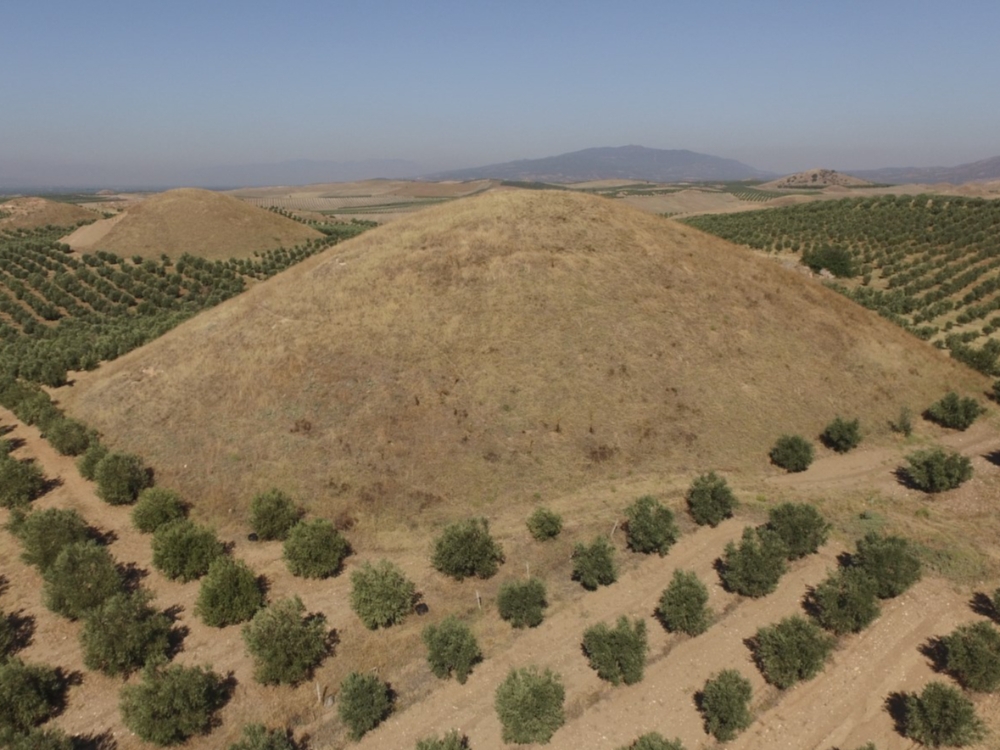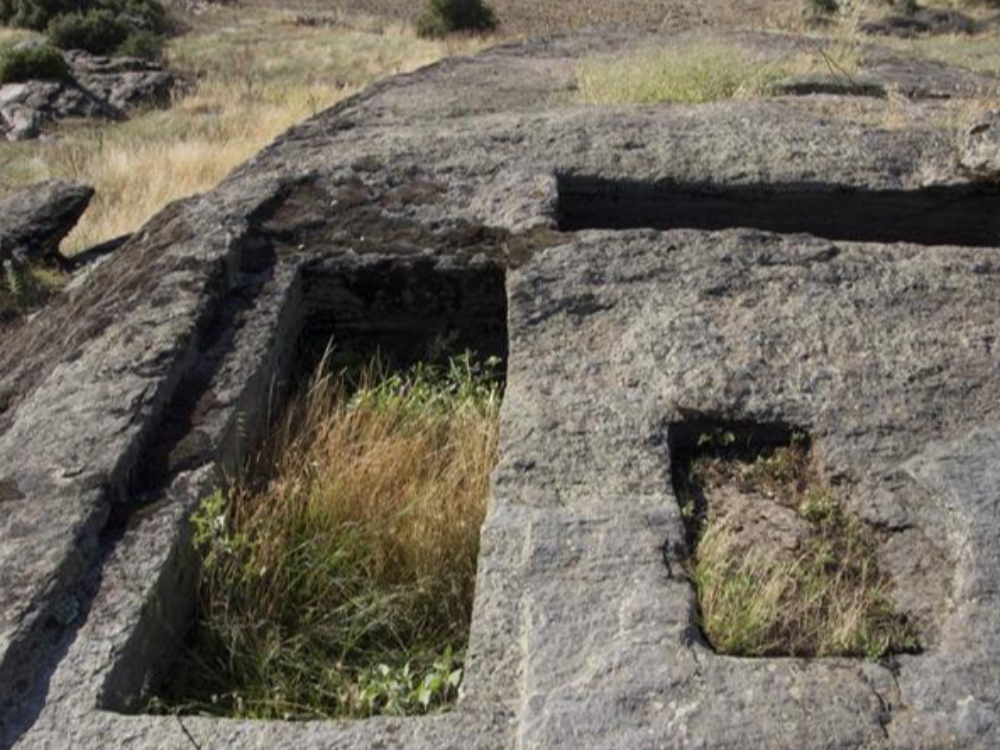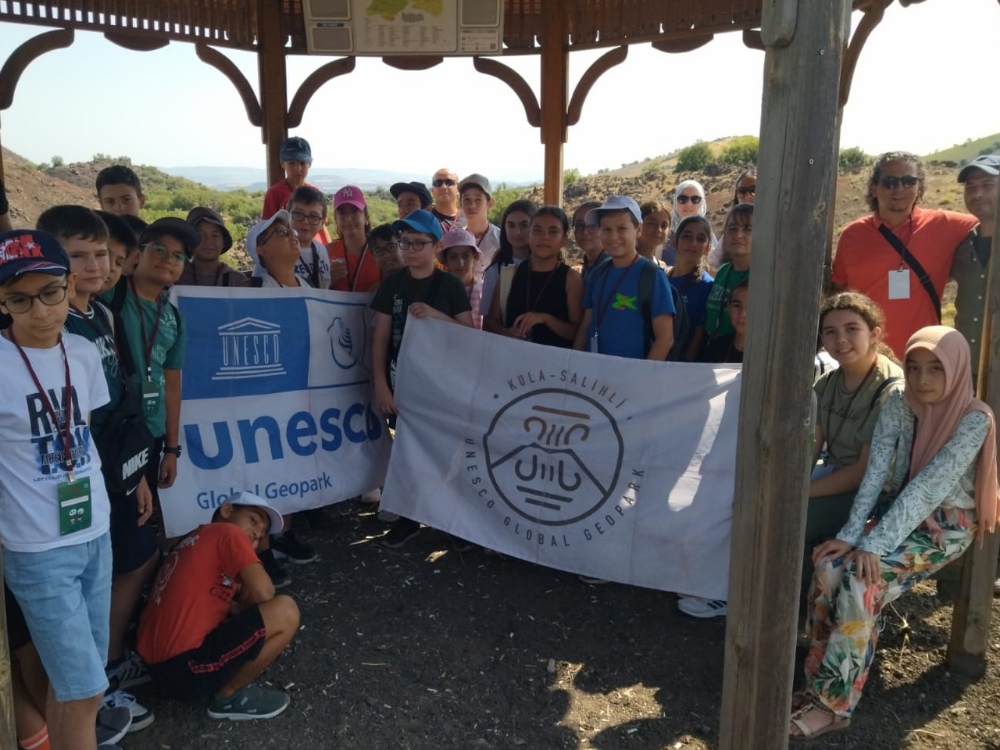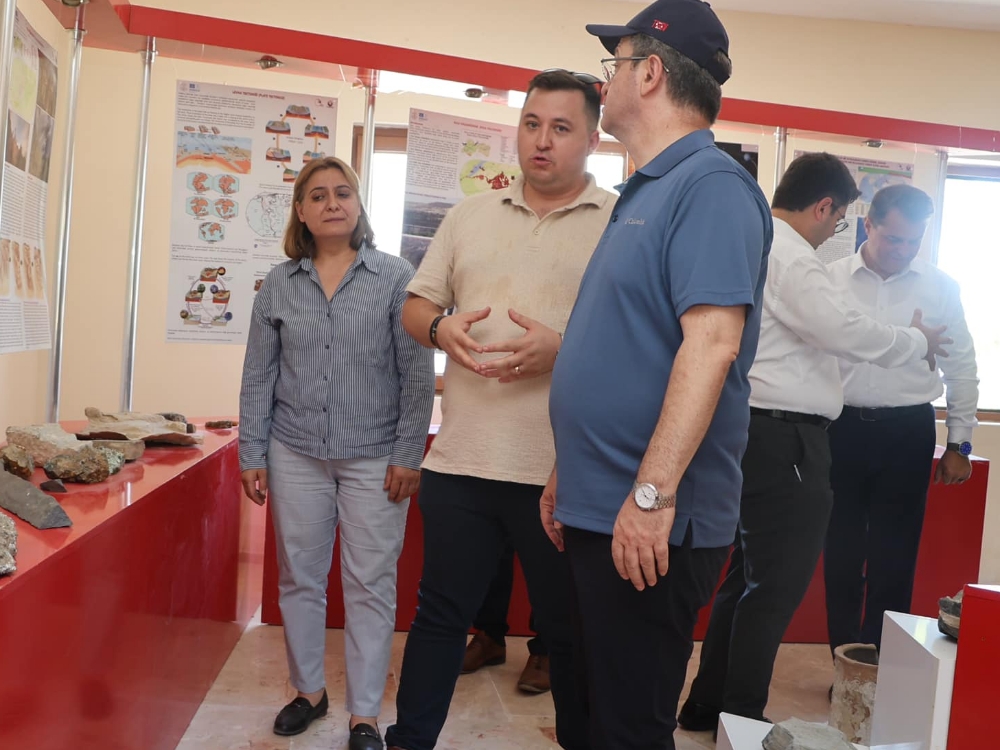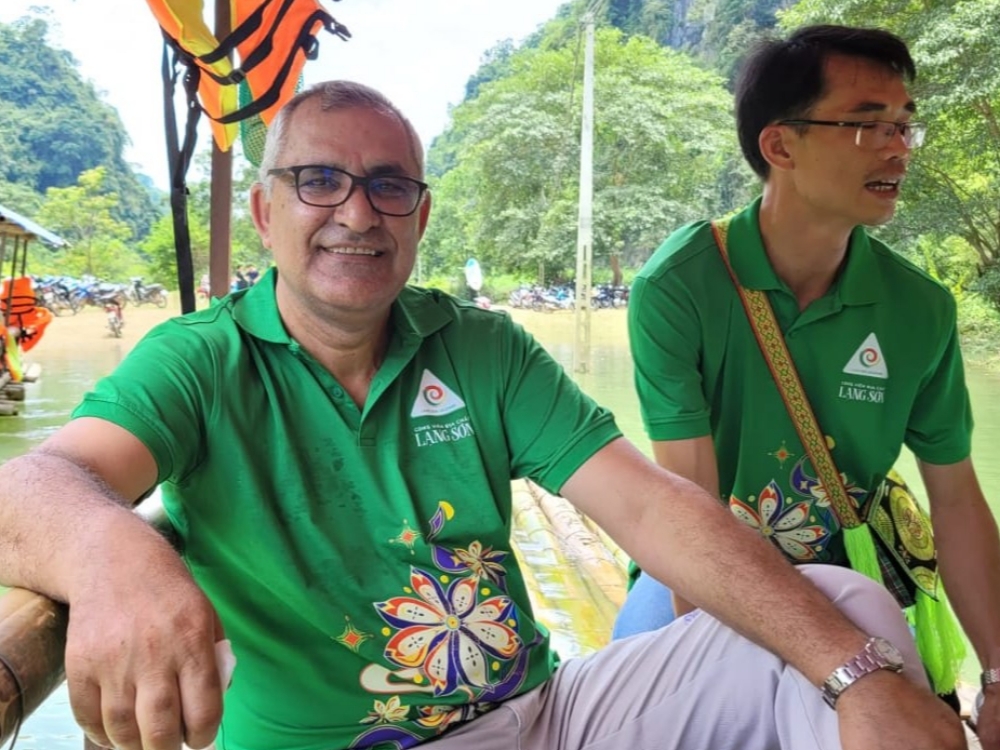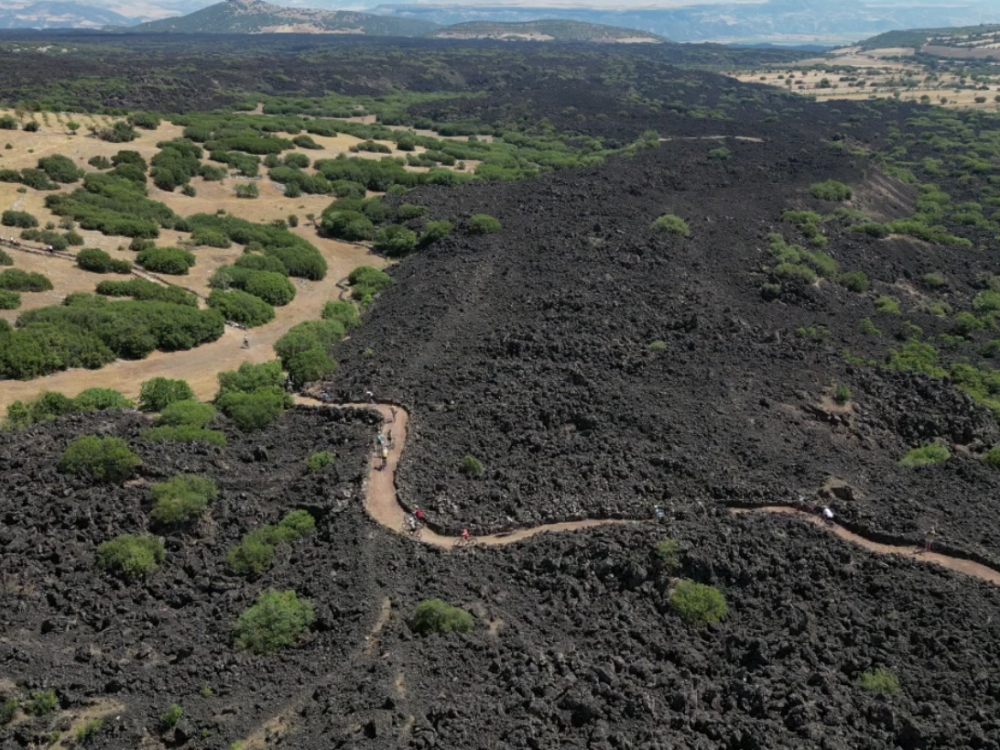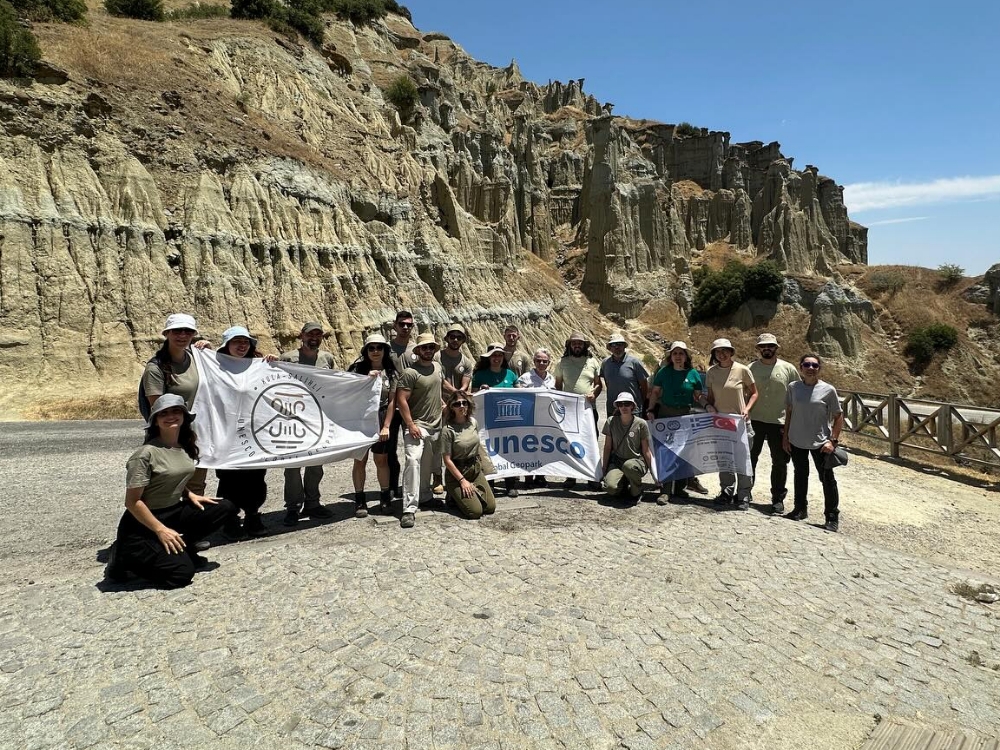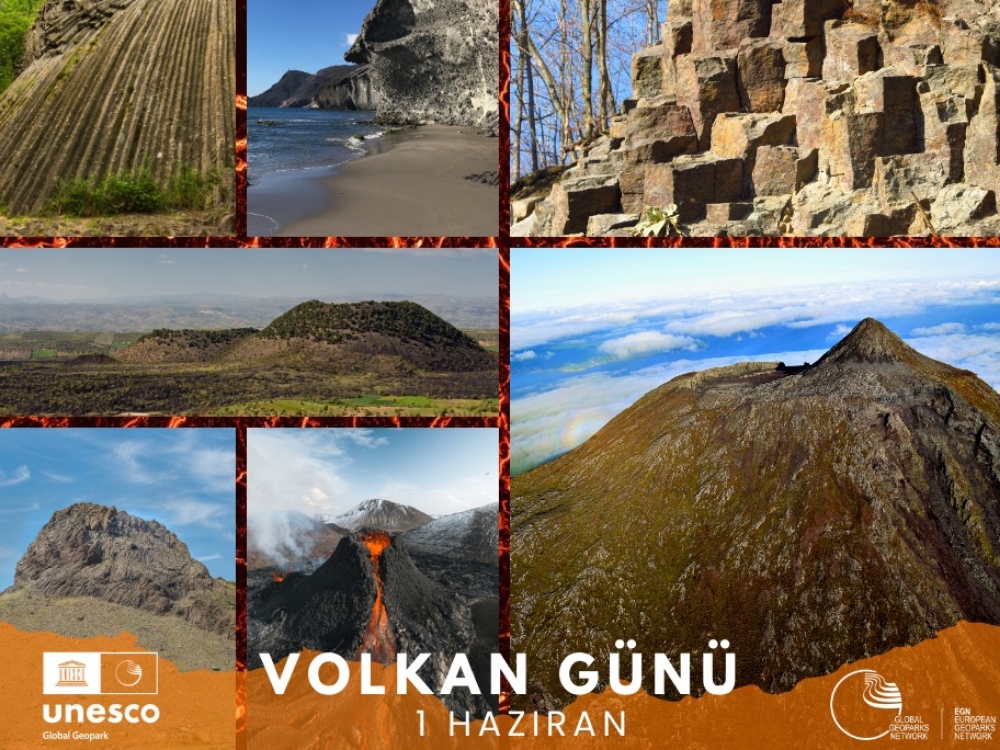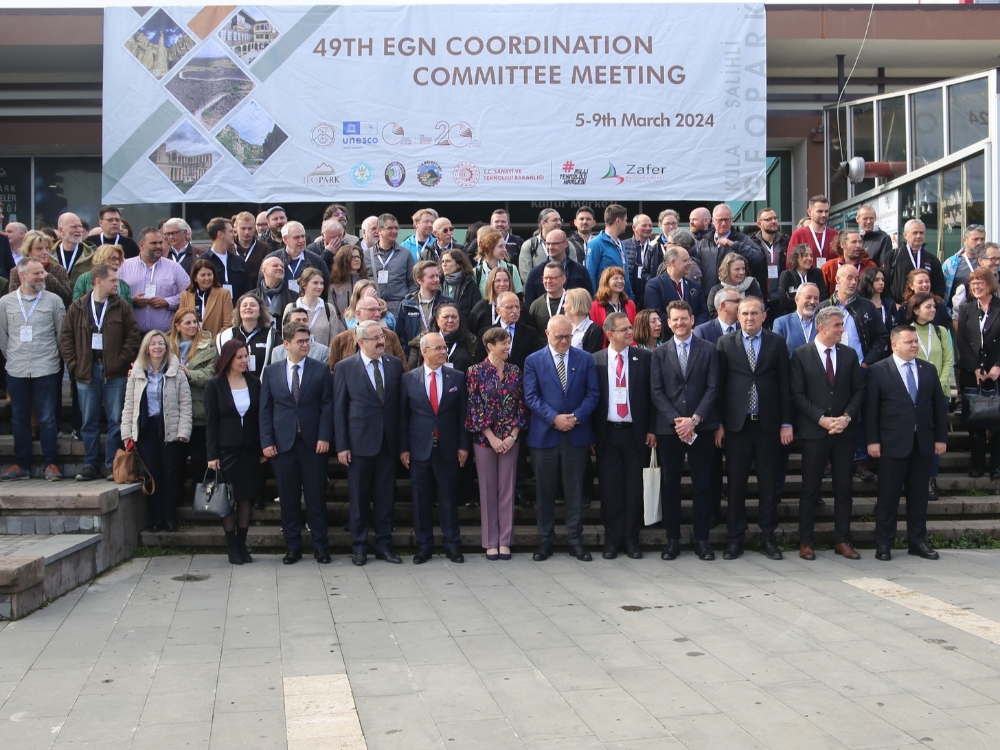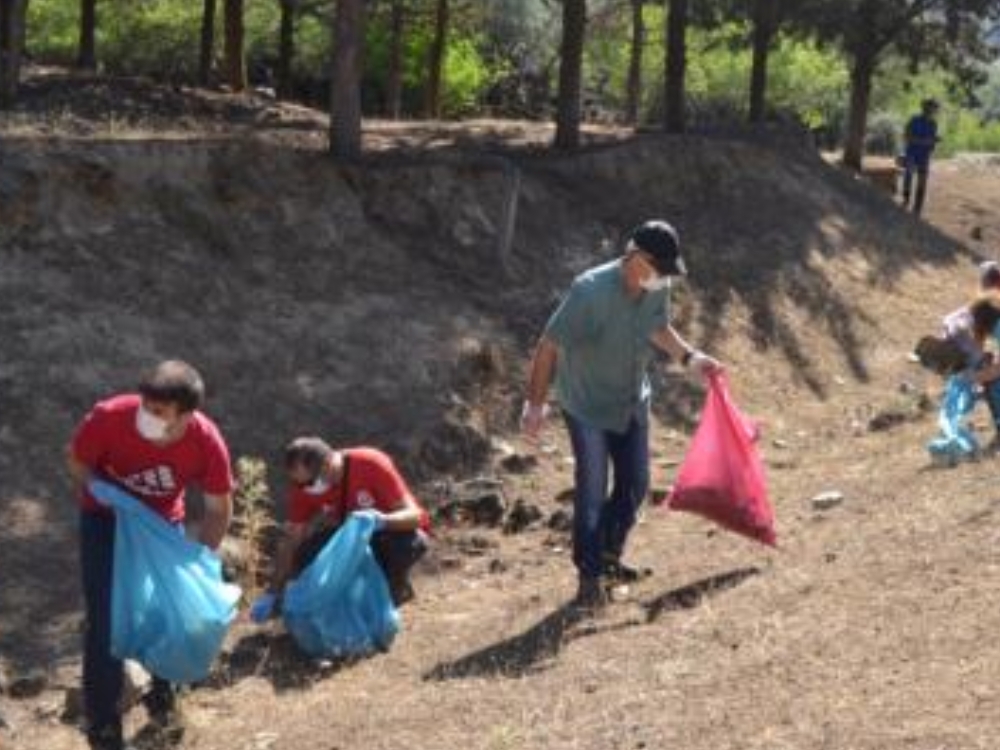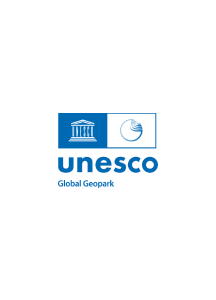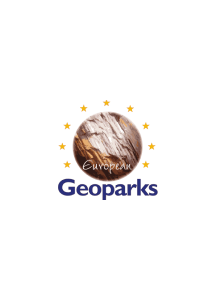Geosites are formations that constitute evidence of the geological-geomorphological history of the earth, are important in terms of science, education, culture, landscape and landscape, and should be preserved and left to future generations. While geosites are mostly formed as a result of natural events and processes, some of them may be human-made elements shaped by the influence of the geological-geomorphological features of the place. Rock communities, fossil beds, mineral deposits, important geological-geomorphological structures, volcanic shapes, meteor pits, landforms, old mineral deposits, mounds and tumuli can be given as examples of geosites. The areas in question may be of local, regional, national or even international importance.
They are geographical areas with defined borders that are of international importance in terms of landforms and geological features, where conservation, education and sustainable development activities are carried out and managed from a holistic perspective. Geoparks, which host many geosites, are conservation areas that aim to protect these geosites and transfer them to future generations; They are also sustainable development areas that aim for the social and cultural development of the local people. In addition to protecting geoheritage, Geoparks also aim to raise public awareness on issues such as sustainable use of natural resources, mitigating the effects of climate change and reducing risks related to natural disasters.
CONTACT US
It is very easy to reach Turkey's first and only UNESCO geopark. We will be happy to answer your messages
SUBSCRIBE TO OUR NEWSLETTER
Subscribe to our mailing list to receive news about our historical beauties.
